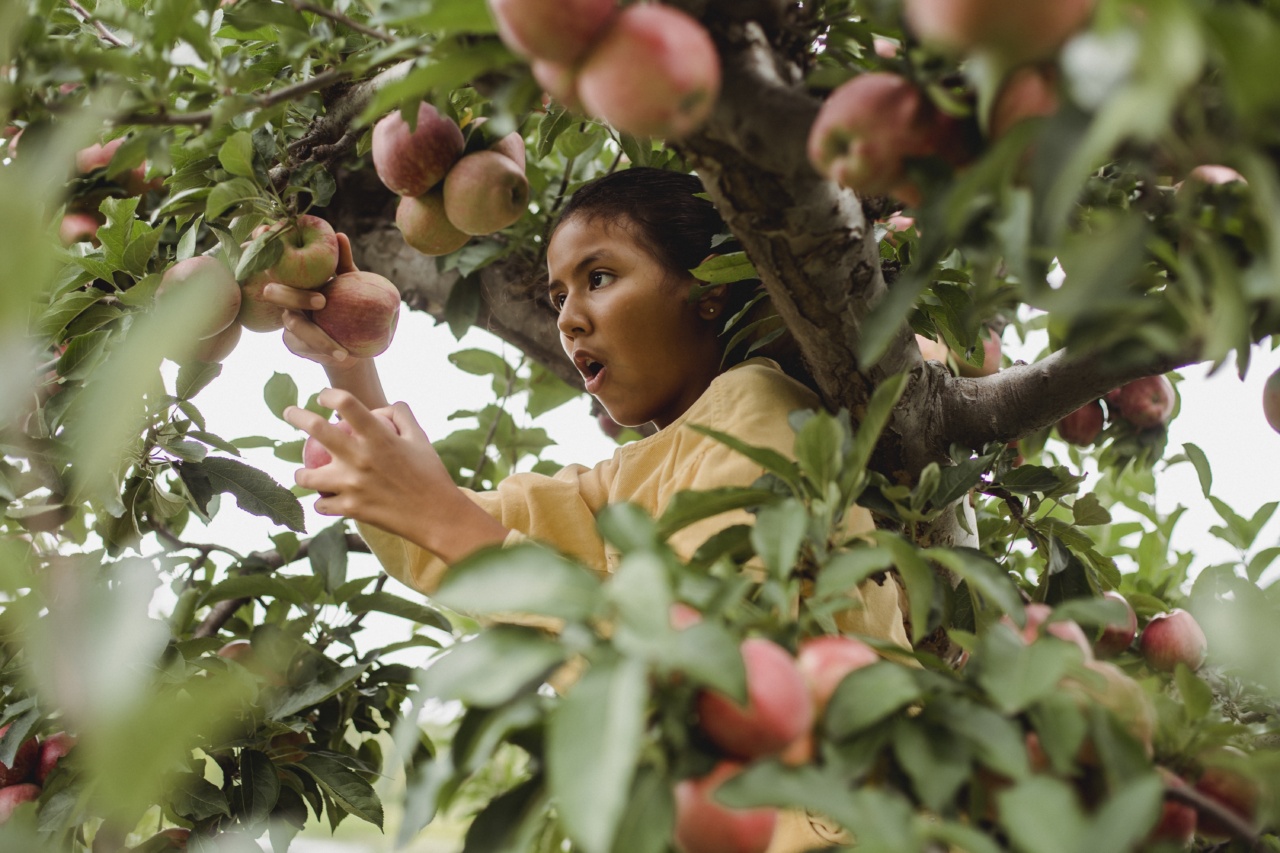The fruit we are talking about is widely consumed, but often misunderstood. It’s known for its refreshing taste and the multitude of health benefits it offers. Yes, we are talking about watermelon!.
1. Watermelon is a Berry
It might come as a surprise, but watermelon is actually classified as a berry and belongs to the cucumber family. This is because the fruit has a fleshy interior, and its seeds are spread throughout the fruit, much like other berries.
2. Watermelon is 92% water
As its name suggests, watermelon is indeed high in water content. In fact, it is 92% water, which makes it an excellent choice for staying hydrated. Eating watermelon is a great way to keep your body hydrated in the hot summer months.
3. Seeds are Nutritious
Contrary to popular belief, watermelon seeds are edible and are actually good for your health. They are a good source of protein, healthy fats, and minerals such as magnesium, potassium, and zinc.
You can roast or bake them with spices and eat as a snack.
4. Watermelon Rind is Edible
The green outer layer of the watermelon, known as the rind, is also edible and contains many nutrients. It is high in fiber, vitamin C, and potassium. Adding watermelon rind to your diet can help improve digestion and reduce inflammation.
5. Watermelon is a Good Source of Antioxidants
Watermelon is rich in antioxidants such as lycopene and beta-carotene. These are unique to watermelon and are known for their anti-inflammatory and anti-cancer properties.
Studies show that regular consumption of watermelon can help prevent various diseases such as heart disease and cancer.
6. Watermelon Helps in Weight Loss
Watermelon is low in calories and high in fiber, making it a great option for those looking to lose weight. It can help you feel full without consuming too many calories.
Eating watermelon regularly can help you maintain a healthy weight and reduce your risk of obesity-related diseases.
7. Watermelon Helps in Post-Exercise Recovery
Watermelon contains an amino acid called L-citrulline, which has been found to reduce muscle soreness and improve exercise performance. Consuming watermelon after a workout can help speed up post-exercise recovery and reduce muscle fatigue.
8. Different Varieties of Watermelon
There are over 1200 different varieties of watermelon grown globally. Each variety has a distinct taste, texture, and color. Some popular varieties include Crimson Sweet, Sugar Baby, and Yellow Doll.
9. Watermelon is Cultivated Across the World
Watermelon is widely cultivated across the world, with China being the largest producer. Other top producing countries include Turkey, Iran, and Brazil.
Watermelon is grown in over 100 countries and is consumed in various forms such as juice, sorbet, and salad.
10. Watermelon Has Been Consumed for Thousands of Years
Watermelon has a rich history and has been cultivated for over 5000 years. It originated in Africa and was used for its water content, as well as for treating various ailments.
Later, it was introduced to other parts of the world and gained popularity due to its refreshing taste and health benefits.



























